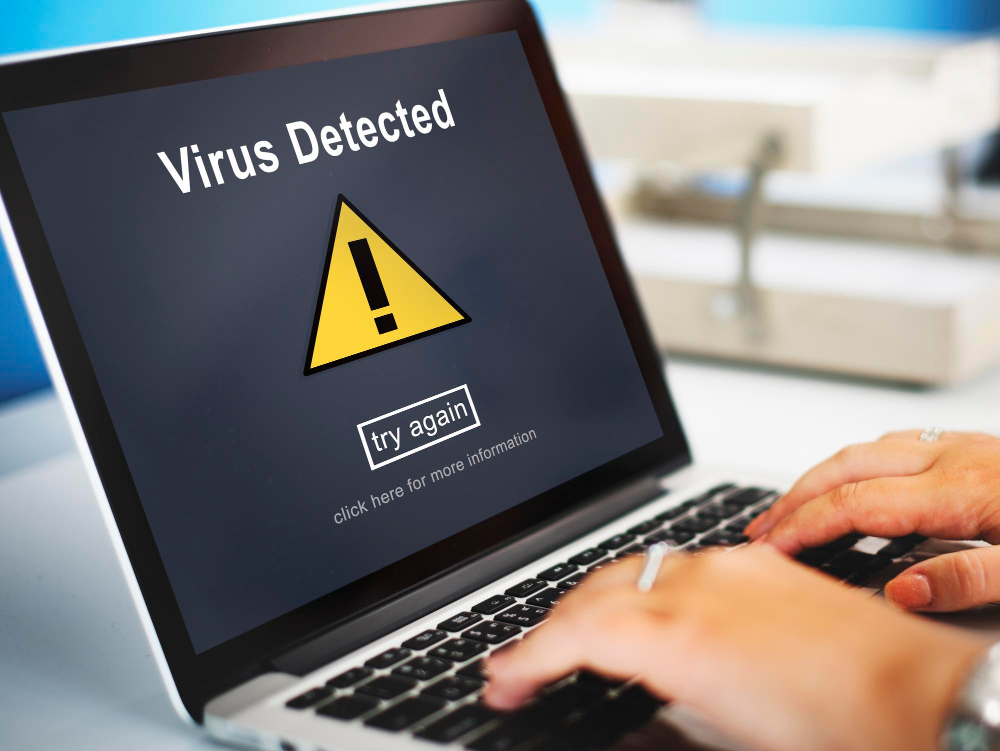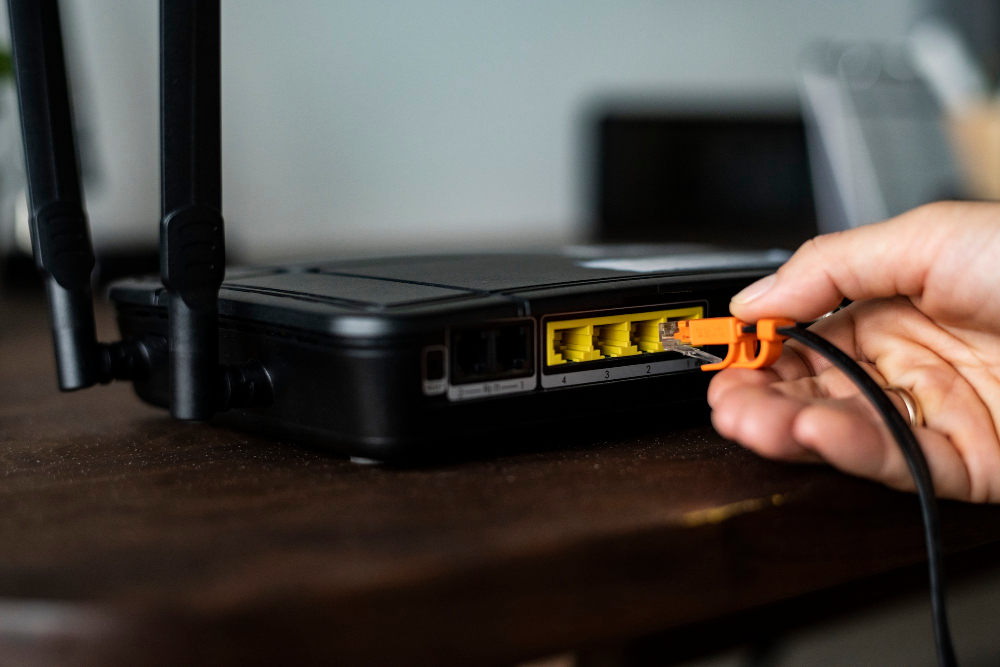
Virus Attack? Don’t Panic! Read below…
Is your laptop acting sluggish, bombarded by pop-ups, or refusing to start? Uh oh, you might have a malware or virus problem! But fear not, your tech hero is here! This guide equips you with the knowledge and tools to quickly remove viruses and reclaim your digital peace-of-mind.
Before We Begin:
- Disconnect from the internet: This prevents the virus from spreading or downloading more malicious content.
- Identify the threat: Is it a classic virus, sneaky spyware, or ransomware holding your files hostage? Understanding the enemy helps choose the right weapon.
Weapons of Choice:
- Built-in Antivirus: Most Windows laptops have Windows Security with real-time protection and powerful scanning options. Run a full scan to detect and remove threats.
- Free Antivirus Software: Renowned options like Avast Free Antivirus or AVG AntiVirus Free offer deep scans and real-time protection. Download and install one if you don’t have one already.
- Bootable Rescue Tools: For stubborn viruses, Kaspersky Rescue Disk or Bitdefender Rescue CD boot your computer in a clean environment and perform thorough scans offline.

Battle Plan:
Step 1: Isolate and Disconnect:
- Shut down your laptop and disconnect from the internet (Wi-Fi and ethernet).
- Boot into Safe Mode (search online for specific instructions for your Windows version). This loads only essential programs, limiting the virus’s reach.
Step 2: Scan and Remove:
- Open your chosen antivirus software and run a full system scan.
- Quarantine or delete all detected threats as instructed by the software.
- If the scan fails or misses something, try a dedicated malware removal tool like Malwarebytes.
Step 3: Verify and Repair:
- After the main cleanup, run a quick scan to ensure no remnants remain.
- Consider a system repair tool like System File Checker to fix potential virus-caused damage.
Step 4: Fortify Your Defenses:
- Update your operating system and all software to the latest versions. Patching vulnerabilities closes doors for future attacks.
- Enable your antivirus software’s real-time protection and configure automatic updates.
- Practice safe browsing habits: avoid suspicious websites, don’t click unknown links, and be cautious about email attachments.
Bonus Tip: Regularly back up your data to an external drive. This ensures you have a safe copy in case of future malware attacks or other disasters.
Remember: Prevention is key! By following these steps and maintaining good security practices, you can keep your laptop virus-free and enjoy a smooth digital experience. Stay vigilant, fellow tech warriors!
Please note: This information is for general guidance only. Specific steps and tools may vary depending on your situation. Consult a professional for complex issues or persistent infections.
